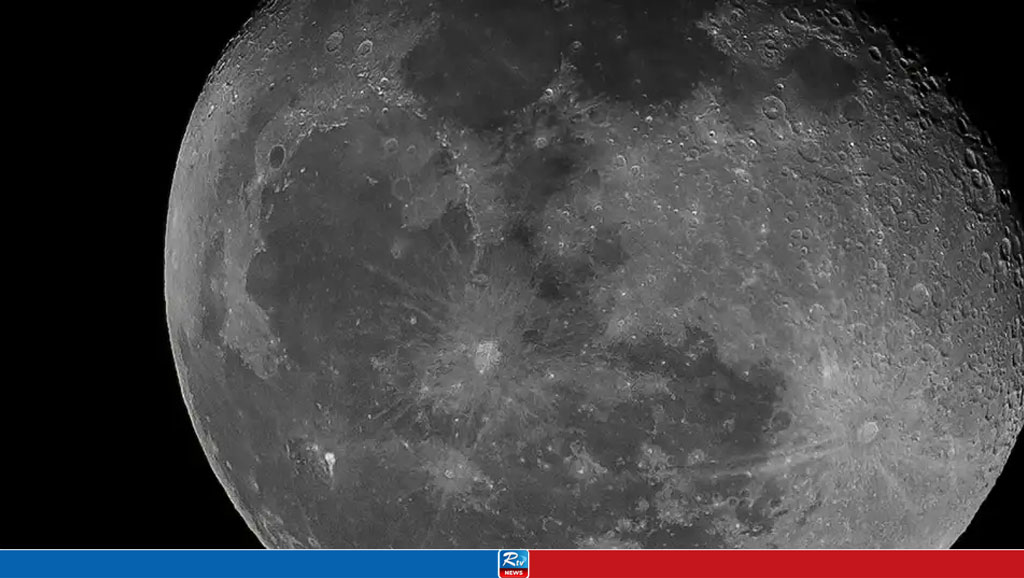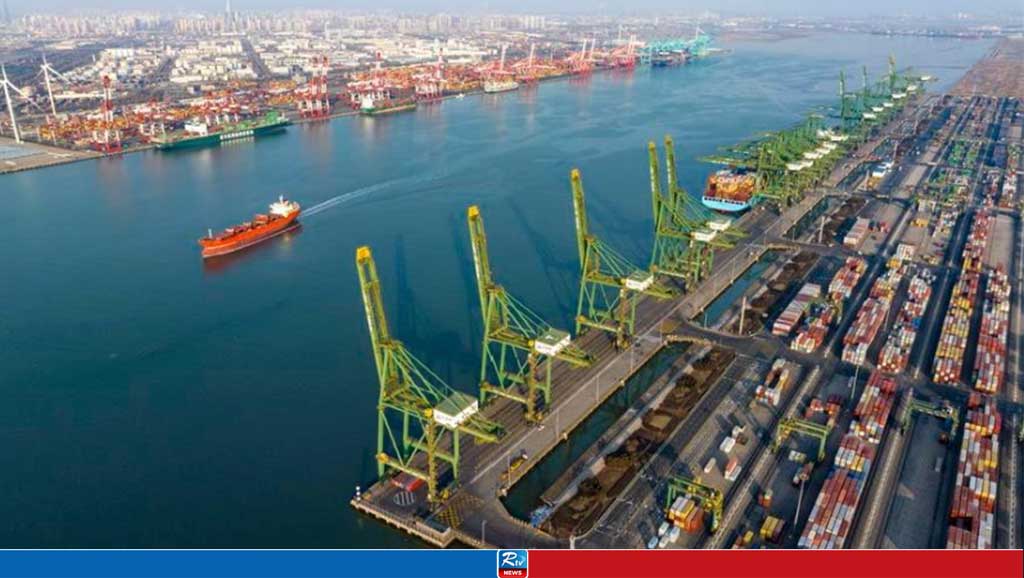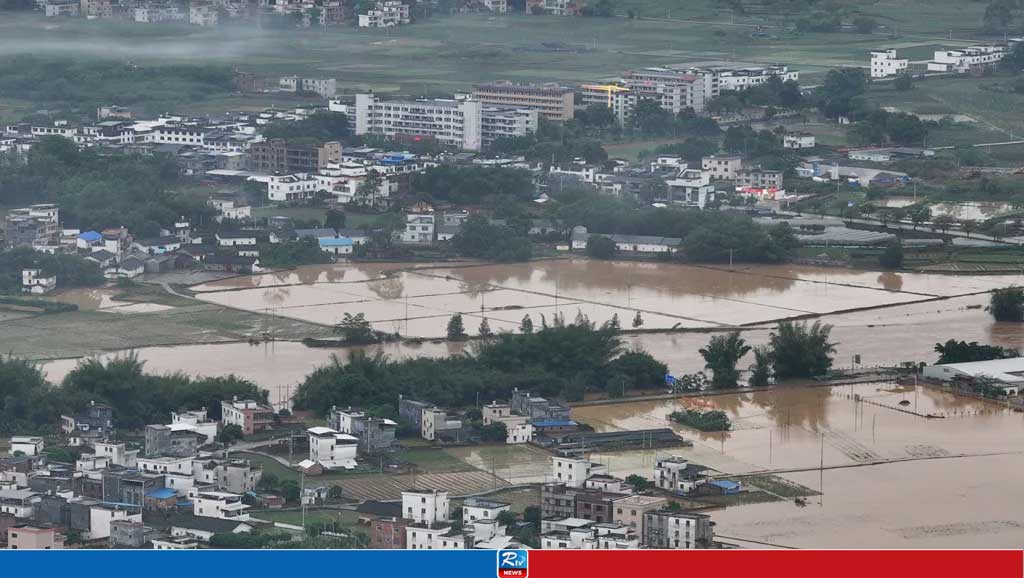Russia, China eye nuclear power plant on moon

Russia and China are "seriously considering" building a nuclear power plant on the lunar surface by 2035, according to the head of the Russian space agency Roskosmos.
Moscow plans to contribute its expertise in "nuclear space energy" to a joint lunar program with China, including a nuclear power plant on the moon, Russia's space agency chief Yuri Borisov said on Monday.
Borisov warned that solar panels would not be enough to ensure a reliable supply of electricity to potential lunar settlements.
"Today we are seriously considering a project — somewhere at the turn of 2033-2035 — to deliver and install a power unit on the lunar surface together with our Chinese colleagues," Borisov said during a youth event.
Some in the US have speculated that Russia is planning to use a new type of nuclear weapon against satellites. But the Roskosmos chief, who took over Roskosmos in 2022, insisted that Russia had no plans of stationing nuclear weapons in space.
A nuclear plant on the moon would need to be made by machines, Borisov added, saying there were already usable technical solutions for the project.
Space cooperation between Russia and China
In March 2021, Moscow and Beijing signed an agreement on building an international lunar research station, and presented a roadmap for the construction in June 2021.
China has its own lunar exploration program, with an unmanned "Chang'e-6" probe due to launch in May to collect rock samples.
Meanwhile, the Russian space program has suffered a series of setbacks in recent years. Its first lunar mission in 47 years failed last year after Russia's Luna-25 spacecraft went out of control and crashed.
Race to put nuclear power on the moon?
The concept of using nuclear reactors to power future lunar colonies has also been floated by the US space agency, NASA. Just months after the Apollo 11 mission put humans on the moon in 1969, Apollo 12 astronauts used a nuclear generator to provide electricity for scientific experiments on the moon's surface.
With lunar nights lasting for 14 Earth days, relying solely on solar power carries risks for both manned and unmanned moon missions. But the issue of energy supply in space is growing even more essential as NASA pursues plans to return people to the Moon within its Artemis mission, with the first landing now scheduled for 2026.
In 2022, NASA announced it was cooperating with the US Department of Energy to select "concept proposals" for a nuclear power system "that could be ready to launch by the end of the decade."
Comments
Jacob Zuma barred from running in election

45 dead in South Africa bus crash, 8-year-old girl only survivor

World's most expensive cow sold for $4.3 million in Brazil

Turkey: Polls close in Erdogan's 'last election'

Italy is overtaking Germany as Europe's economic powerhouse

Lawmakers urge Biden to call out more Chinese biotech firms

Gaza death toll crosses 33,000


 Live Tv
Live Tv




